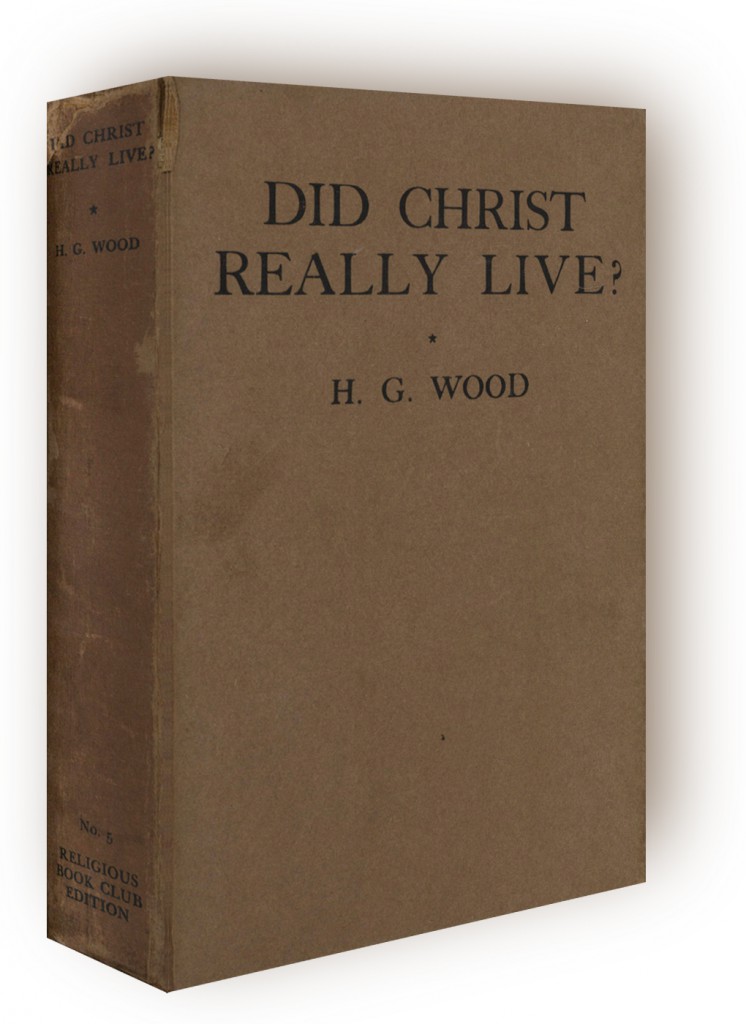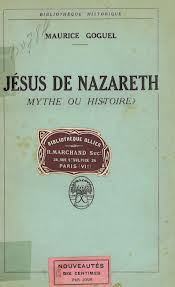In my last post I finished off with some reservations about Boyarin’s interpretation of the two heavenly figures in Daniel 7 as two deities. This post lets Boyarin explain a little more what he thinks is going on here.
We have on the one hand the two figures, one like a son of man and the other an Ancient of Days, in heaven. Thrones are set for both. The Ancient of Days is clearly God; yet the one like a son of man enters upon the clouds — an evident sign that he is also a divinity.
Against this view stands the continuation of the story in Daniel 7. The one like the son of man appears in the train of four symbolic beasts that represent gentile kingdoms. The vision ends — after the appearance of the one like the son of man — with the downfall of those kingdoms and the rise of a kingdom of the holy people. From this perspective it seems clear that the one like the son of man must be symbolic after all.
Daniel 7:15-28 (NIV)
15 “I, Daniel, was troubled in spirit, and the visions that passed through my mind disturbed me. 16 I approached one of those standing there and asked him the meaning of all this.
“So he told me and gave me the interpretation of these things: 17 ‘The four great beasts are four kings that will rise from the earth. 18 But the holy people of the Most High will receive the kingdom and will possess it forever—yes, for ever and ever.’
19 “Then I wanted to know the meaning of the fourth beast, which was different from all the others and most terrifying, with its iron teeth and bronze claws—the beast that crushed and devoured its victims and trampled underfoot whatever was left. 20 I also wanted to know about the ten horns on its head and about the other horn that came up, before which three of them fell—the horn that looked more imposing than the others and that had eyes and a mouth that spoke boastfully. 21 As I watched, this horn was waging war against the holy people and defeating them, 22 until the Ancient of Days came and pronounced judgment in favor of the holy people of the Most High, and the time came when they possessed the kingdom.
23 “He gave me this explanation: ‘The fourth beast is a fourth kingdom that will appear on earth. It will be different from all the other kingdoms and will devour the whole earth, trampling it down and crushing it. 24 The ten horns are ten kings who will come from this kingdom. After them another king will arise, different from the earlier ones; he will subdue three kings. 25 He will speak against the Most High and oppress his holy people and try to change the set times and the laws. The holy people will be delivered into his hands for a time, times and half a time.
26 “‘But the court will sit, and his power will be taken away and completely destroyed forever. 27 Then the sovereignty, power and greatness of all the kingdoms under heaven will be handed over to the holy people of the Most High. His kingdom will be an everlasting kingdom, and all rulers will worship and obey him.’
28 “This is the end of the matter. I, Daniel, was deeply troubled by my thoughts, and my face turned pale, but I kept the matter to myself.”
Boyarin continues with the imaginary argument between Aphrahat (see previous post) and his Jewish opponents:
Those Jews who were Apharat’s opponents could clearly have retorted, then: “Is a heavenly being or junior God subject to oppression by a Seleucid king who forces him to abandon his Holy Days and his Law for three and a half years? Absurd! The Son of Man must be a symbol for the children of Israel!“ (p. 43, my bolding, as always)
So we have a quandary. Boyarin arbitrates:

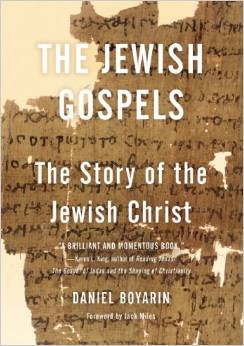
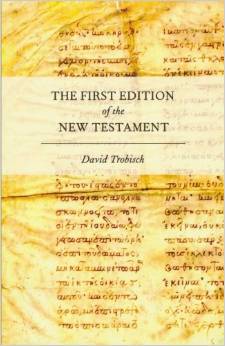

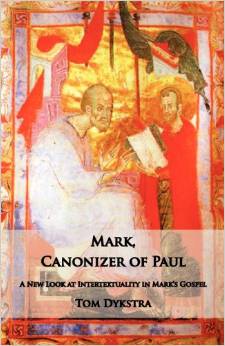

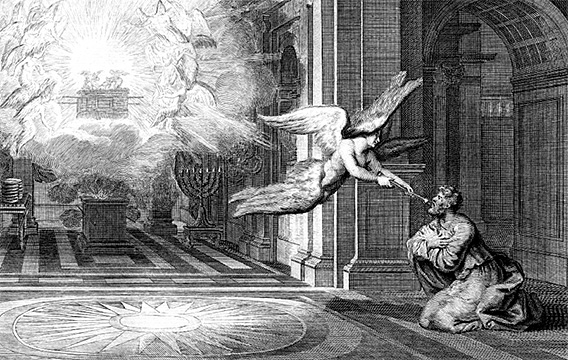
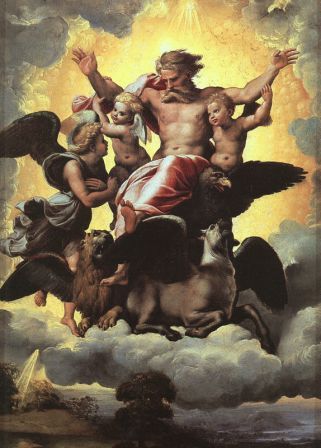


 There is an interview with Reza Aslan where he really does address details of his argument in Zealot: The Life and Times of Jesus of Nazareth more than his “suspect motives as a Muslim” as we heard in the Fox interview. There is some discussion of his background, too, but not in the Fox manner.
There is an interview with Reza Aslan where he really does address details of his argument in Zealot: The Life and Times of Jesus of Nazareth more than his “suspect motives as a Muslim” as we heard in the Fox interview. There is some discussion of his background, too, but not in the Fox manner.